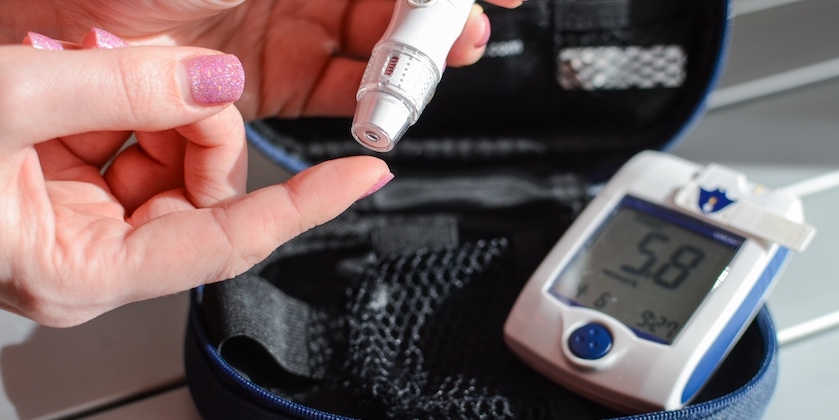Over the last 30 years diabetes has becoming an endemic crisis. Between 1980 and 2011 the number of diabetes patients more than doubled in nearly every region. Skyrocketing obesity rates and an aging population are two primary factors for this increase. But what are the actual risks and what can you do? Below we dive into diabetes: how to mitigate risk and regulate it.
What is Diabetes?
Diabetes is a condition in which the body is unable to regulate or utilize its insulin. Insulin is a hormone produced in the pancreas and is responsible for regulating the way the body uses sugar.
There are two primary types of diabetes. Type 1 is an autoimmune disease. With this type of diabetes the immune system attacks itself, zeroing in on the cells in the pancreas that produce insulin. People with type 1 diabetes rely on insulin injections (either self administered or through a pump) to regulate their blood sugar as their pancreas does not produce insulin.
Type 2 has a stronger tie to family medical history than type 1. It is also more dependent on lifestyle factors such as diet and exercise. Type 2 accounts for more than 90% of all diabetes cases. And according to an article published in the national library of medicine, “diabetes is known as the 9th major cause of death in the world”. There are two main issues that cause type 2: either the cells become resistant to insulin, inhibiting them from taking in the sugar they need, or the pancreas becomes unable to make sufficient insulin to regulate blood sugar levels effectively.
Poor blood sugar control with either type of the condition can lead to a host of medical issues including heart disease, stroked, and impaired kidney function. There are several factors that increase the risk of developing type 2. Primary risk factors include excessive weight, weight distribution, and a sedentary lifestyle.
How to Fight It
Getting Active. One of the leading causes for type 2 diabetes is living a sedentary lifestyle. Inactivity leads to weight gain, which can also increase your likelihood for developing it. The health benefits of regular exercise are numerous and well-documented. Exercise builds strong muscles and bones, lowers LDL cholesterol, raises good cholesterol, and reduces anxiety. And according to Harvard Health Publishing, “exercise lowers blood glucose levels and boosts your body’s sensitivity to insulin, countering insulin resistance.” This is true regardless whether you have type 1 or type 2. For those who don’t have the condition, regular exercise is still a surefire way to mitigate risk.
Eating right. Eating right is so important to health regardless of medical condition. In relation to preventing diabetes, it’s crucial to keeping you healthy. It’s a given that processed foods and excess sugar aren’t going to be good for you. But it’s also important to know that what you do eat is just as important as what you don’t. Eating a variety of vegetables, legumes, and fresh fruit can help mitigate risk. These foods are low on the glycemic index and are full or nutrients. For more on the benefits of eating whole foods read out blog on whole foods here.

